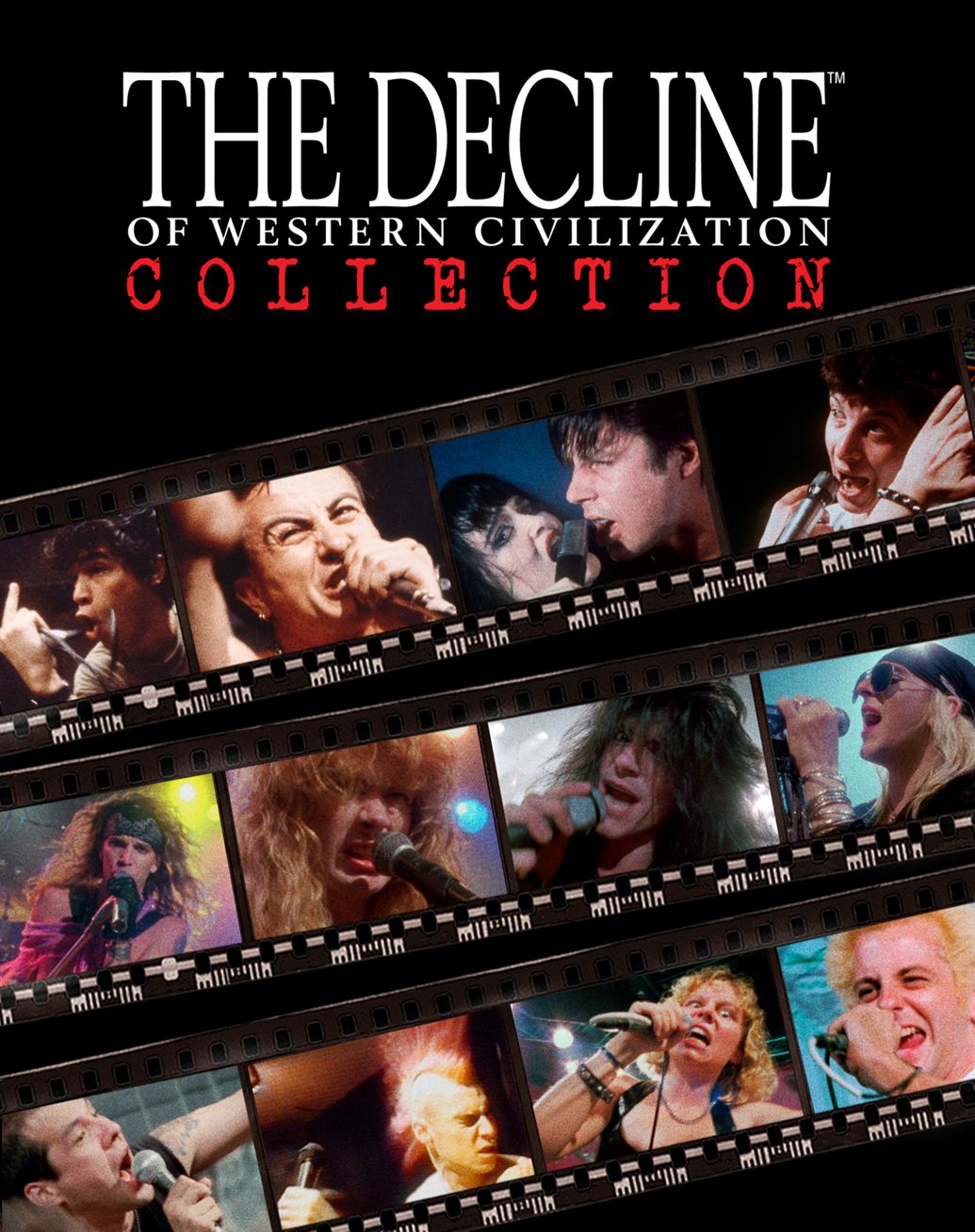Before they are made flesh and born into this world, works of art exist as clouds of pure possibility. Every work is born of ideas and the creative process requires artists to make those ideas material through a combination of different elements including plot, character, style, and theme. While certain ideas bond more naturally with certain elements and certain combinations of elements prove more or less popular at certain times, it is the artist who sits at the creative mixing desk and shapes how their idea will move from possibility to actuality.
Humans may be flawed and finite creatures but commerce assumes us to be more broken than we are. One side effect of this great conspiracy of under-estimation is that the marketplace tends to interpret our natural desire for different stories as a desire for different sets of mixes. Thus, mainstream realist literature encourages us to yearn for stories that can only be told with the character slider all the way up while Hollywood encourages us to watch films that require a focus on plot and a narrow explosive-laden visual style. Even art house film falls into this trap by emphasising a certain set of stylistic tics and then giving us more or less character and theme. There may be sound economic and historical reasons for this elemental fetishism but it does tend to encourage the assumption that trade-offs between the different elements represent some sort of zero-sum game. Why else remain wedded to such absurd superstitions as the belief that style can be severed from content or that thematically complex works cannot be stylish, exciting and full of humanity?
The truth is that the basic elements of artistic composition relate to each other in ways that are almost completely unpredictable. Some films – like Andrei Tarkovsky’s Stalker – feature no characters, follow no plot, manifest no interest in the world and yet somehow manage to work on every conceivable level. Other works – like The Force Awakens –feature lots of plot, lots of character, a limitless budget for the provision of visual spectacle, a real desire to use mythological tropes to say something profound about human relationships, and yet somehow manage to be boring, empty, and utterly disposable. One film that demonstrates how emphasising certain elements can have unexpected consequences is the (recently re-mastered and re-issued) cult documentary Grey Gardens.








